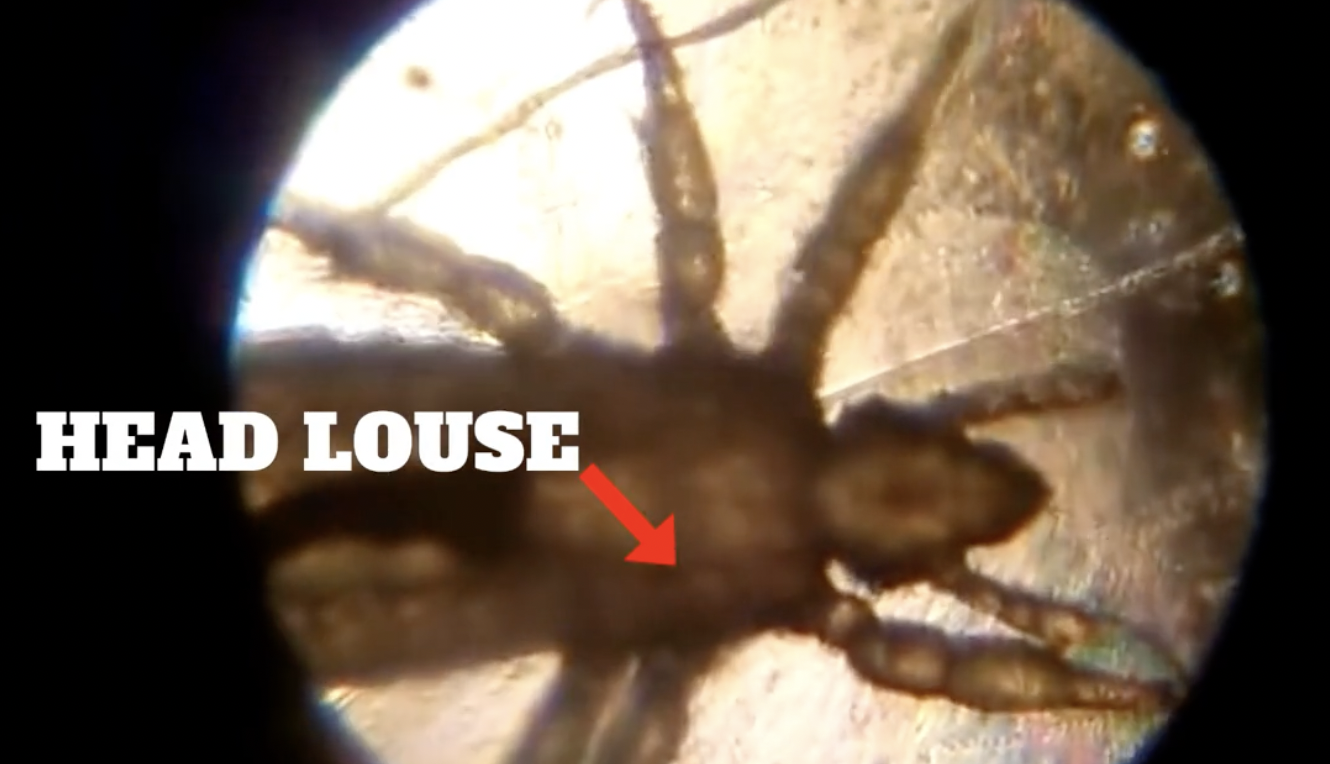Heard of Head Lice? Eewh yeah! But not sure exactly what to look for when a child scratches their scalp?
Heard of Head Lice? Eewh yeah! But not sure exactly what to look for when a child scratches their scalp? This instant guide will have you becoming an expert louse detector in no time! First a little bit about the creature itself… In under a minute. An adult louse is an insect about the size of a sesame seed, or tinier. In human hair infestations lice can also be a variety of shades, clear, yellow, brown, or black. They cling tight to a single hair stand with their crab-like front claws. This is also where they love to lay their eggs – these eggs are called nits and they look like tiny teardrops fixed tight to a hair strand. Removing nits can be more challenging than removing lice, but more on that in the next video. Through a magnifying glass you might see how a louse has six legs, a diamond shaped head and a straw-like structure called a stylet , which they use to pierce the skin and suck blood. A louse can lay 6 eggs (nits) everyday and an adult louse can survive on a human head for 30 days but once removed it can only survive up to 48 hours. Luckily they do NOT fly, as flying would increase their transmission rate ten fold. When nits hatch the tiny babies are called nymphs that mature quickly. In as little as 9 days they are full adult lice, which, you guessed it, mean that those lice can now breed and lay eggs too. Their full cycle lasts for up to 35 days, and this cycle is why sometimes missed nits can cause a recurrence. More about nit removal is featured in the next few videos, but test your learning by answering these questions first.


